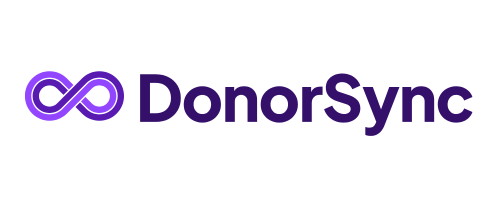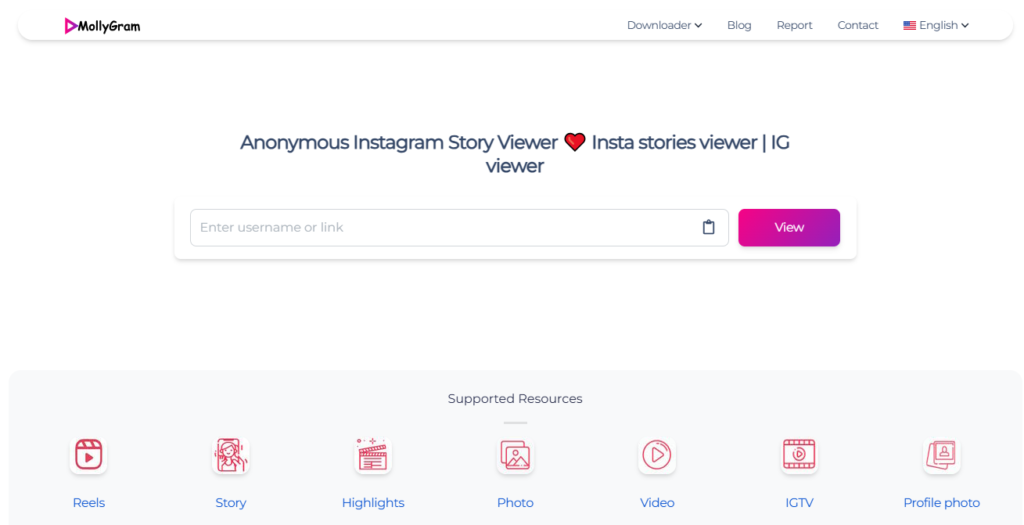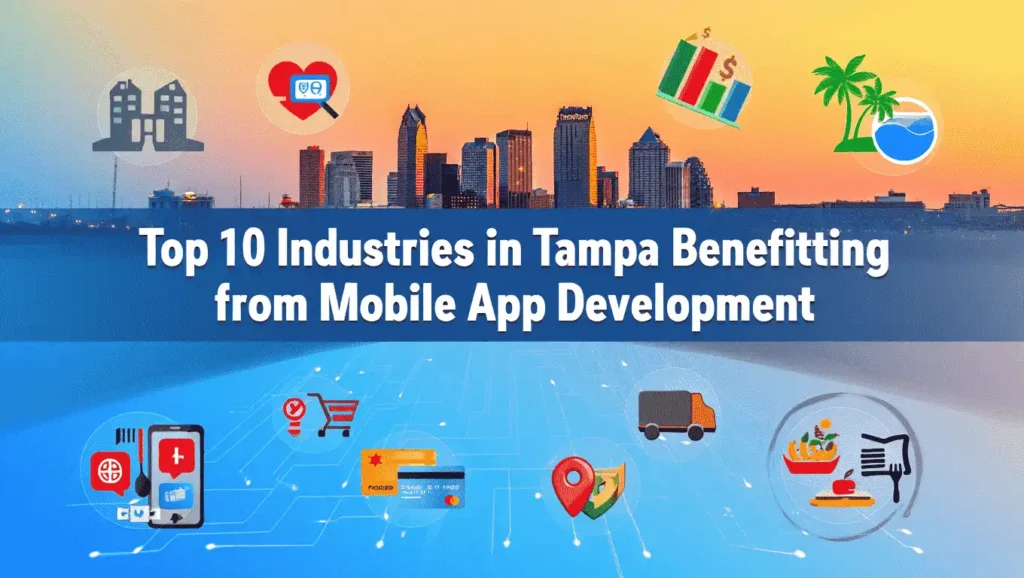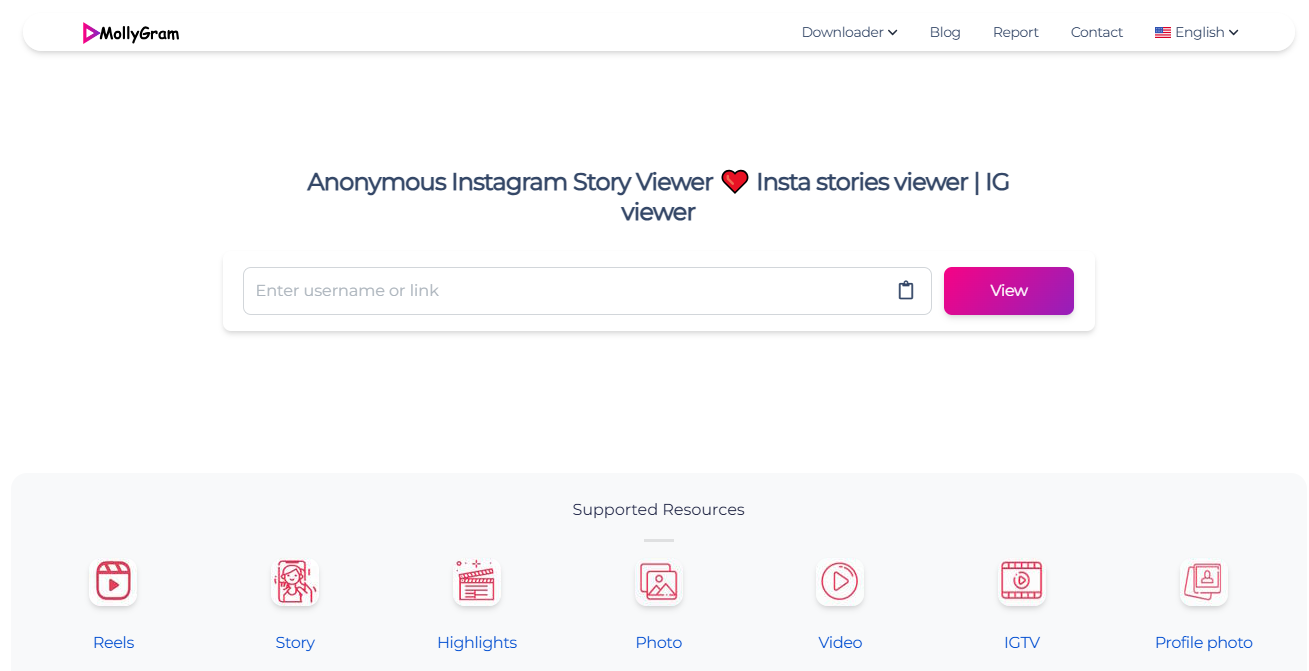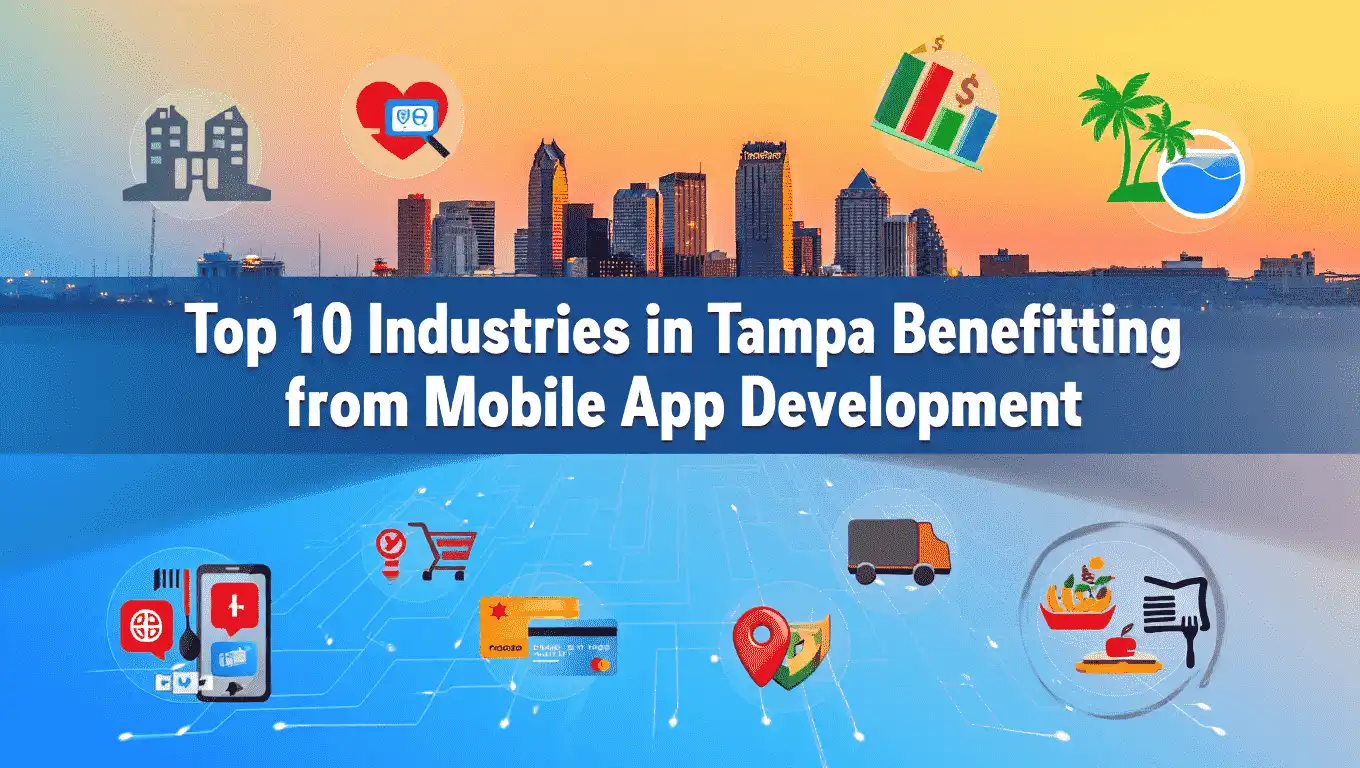Web applications are changing how businesses function, users communicate, and teams work in 2025.
From the productivity tools and eCommerce development solutions, these applications have become indispensable for delivering seamless, instantaneous digital experiences.
In this article, we will look at the most popular web application examples that showcase the very best of modern design as well as usability and creativity.
No matter if you’re a programmer, business owner, or even a manager of products.
These examples of web applications will aid you in understanding the possibilities when functionality meets an impeccable web application style.
We’ll explain the factors that make each web application efficient, from performance to user experience.
We’ll also provide insight into the reasons why web-based apps continue to set the standard in technology advancement.
Let’s take a look at the most effective examples of web-based apps in the present.
What Is a Web Application?
Web applications are interactive software programs that are run on a server that hosts web pages and can be accessed through a web browser.
In contrast to static websites, web applications let users execute specific functions, such as making files, managing their projects, and shopping online.
Examples of web-based apps range all the way from Google Docs and Netflix to Canva and Shopify. These platforms are accessible across different devices and do not require installation, allowing flexibility and accessibility.
Why Web Applications Matter
Web applications are the core of digital experiences that empower users and businesses with speed, agility, and seamless communication.
In contrast to traditional software, they are run through a browser, which makes them accessible from any device that has an internet connection.
This flexibility makes them perfect for today’s fast-paced work environments.
This is why web-based applications are important:
- Cross-device Accessibility: Access apps on tablets, desktops, and mobile devices without having to download separate versions.
- Real-time Interaction: Collaborate to edit, update, or modify data in real-time between teams and users.
- Scalability: The ability to scale Handle the increasing volume of traffic content, users, and other elements without major changes.
- Cost-effectiveness: No requirement to develop native applications for various platforms.
- Modifiability: Simply modify the interface and functions to meet specific needs of users or businesses.
In light of these benefits, more businesses invest in custom web application examples to increase efficiency, user engagement, and innovation.
Types of Web Applications
Web-based applications differ in their structure and interactivity.
The right choice is vital to ensure the best user experience while reaching your business objectives. If you’re designing for business users, don’t miss our guide on important UX rules for B2B web applications.
Here are the most popular kinds of web-based apps, each with their particular strengths.
Static Web Applications
These are the simplest type of web-based apps.
They provide the same information to every user without interaction or immediate updates.
Pages are created using HTML and CSS, and updating requires manual changes to the code.
One classic example of a web application in this category is a personal portfolio, or an online resume.
These applications are speedy to load and cheap to create; however, they lack features.
Dynamic Web Applications
Dynamic apps modify their content in response to user input or server-side.
They usually make use of scripting languages and databases such as PHP and JavaScript.
Examples include blogs that have comment sections, forums, e-commerce websites, and even content management systems (CMS).
These apps offer customized and interactive experiences and are perfect for companies that regularly modify their content.
Single-Page Applications (SPAs)
The SPAs load a single HTML page and refresh the content dynamically, without having to refresh the page in its entirety.
This means speedier performance and a better user experience.
They heavily rely on JavaScript frameworks such as React as well as Angular. Trello, Gmail, and Google Maps are excellent examples.
They are perfect for applications that are highly interactive and require fast navigation and instant updates.
Top 15 Web Application Examples
1. Google Docs
Google Docs revolutionized document collaboration by allowing users to write or edit documents and then comment in real-time across all devices. It is among the top content-oriented web application development examples; it shows how cloud-based productivity tools help improve workflow, cut down on friction, and reduce the need for file transfer.
2. Netflix
Netflix provides seamless streaming through its web-based application that is advanced, offering personalized recommendations, seamless playback, and control of accounts. It is an impressive example of a web application that is designed to handle large volumes of users as well as real-time data and performance across platforms.
3. Trello
Trello’s highly interactive, card-based interface makes task management easier and facilitates team collaboration. It is a great example of a web application utilized in the management of projects; it allows users to manage projects visually, delegate responsibility, and monitor progress within a user-friendly browser environment.
4. Basecamp
Basecamp is a customized web application that integrates messages, task lists, files, calendars, and timeline displays. The minimalist design allows for efficient team communication as well as project management without all the complexities of the traditional tools for enterprise.
5. Microsoft Office Online
The online versions of Word, Excel, and PowerPoint, Microsoft Office Online, allow users to work from anywhere using an easy-to-use interface. It’s a perfect illustration of a cloud-based application that integrates cloud capabilities along with powerful editor tools.
6. Uber
Uber’s website application allows users to reserve rides, see locations of drivers in real time, and also process secure payments. It’s a great example of an interactive web application that provides real-time functions and interaction with users as well as a flexible infrastructure to support global usage.
7. eBay
eBay’s web-based application allows auctions on the internet with secure transactions as well as seller management. It is among the most popular web based application examples; it seamlessly blends eCommerce features with easy navigation to support thousands of sellers and buyers.
8. Facebook
Facebook is a feature-rich web application built to connect billions of users across the world.
It combines multiple complex systems into one seamless platform where people can share posts, comment in real time, join interest-based groups, stream live video, and exchange private messages.
Whether users are browsing their feed, reacting to content, or joining a live event, the platform delivers an uninterrupted, responsive experience within the browser.
What sets Facebook apart is its real-time performance and scalability.
Group chats, live notifications, and auto-updating content are powered by advanced technologies running in the background to ensure minimal latency.
The web app is engineered to handle high traffic, adapt to different devices, and stay available regardless of global demand.
By integrating social networking, multimedia sharing, messaging, and live interaction into one cohesive interface, Facebook remains a leading example of how web applications can be designed for engagement at scale.
9. Spotify
Spotify’s web player lets customers listen to music straight from the browser. It is among the top examples of web-based applications that provide synchronized experiences across all devices and focus on performance, personalization, and smooth UI design.
10. Canva
Canva allows users to design presentations, social graphics, and much more using drag-and-drop instruments and templates. It’s an outstanding example of a web application that blends user-friendliness and creativity, which makes difficult design tasks available to everyone.
11. Airbnb
Airbnb is one of the most successful examples of a web application that connects people directly.
It allows travelers to find short-term stays while giving hosts a way to earn from their spaces.
The platform goes beyond basic listings by offering powerful search filters, location-based suggestions, dynamic pricing, and secure in-app messaging between guests and hosts.
What makes Airbnb stand out is its focus on trust. Every user has a profile with reviews, verified IDs, and safety checks, creating a reliable environment for peer-to-peer transactions.
The web application handles real-time booking, availability syncing, secure payments, and multi-language support, all from a responsive browser interface.
Airbnb’s ability to serve both sides of the marketplace within one seamless experience is a clear example of how a well-built web application can manage complex interactions without overwhelming users.
12. Slack
Slack’s web-based platform allows instant messaging, file sharing, and application integration. It’s a tool for productivity; it’s a fantastic example of a web application to help remote teams stay in touch and efficiently work between applications.
13. Dropbox
The web interface of Dropbox allows for simple uploading, sharing, and collaboration with files. This reliable example of a web application is focused on safe cloud storage and fast access to files for business and personal use.
14. Zoom
Zoom’s web-based application lets users participate in webinars and video calls without having to download software. It’s a perfect example of a web application that is designed to be user-friendly and fast for online collaboration using a browser in real-time.
15. Shopify
Shopify is a powerful platform for online businesses, providing tools for inventory management, payments, and storefront design. As one of the most impressive examples of web-based applications for eCommerce, it assists entrepreneurs in the creation and management of stores effortlessly.
What Are the Alternatives to Web Applications?
Web-based applications are the dominant feature of the digital experience of today.
However, there are other options dependent on the goals of your project and the needs of your users:
- Mobile Native Apps: Built specifically for iOS or Android platforms, these apps provide better interaction with devices as well as offline functions; however, they require separate designs for the two platforms.
- Desktop Applications: Directly installed on computers, programs such as Microsoft Word or Adobe Photoshop have a great performance and sophisticated features but do not offer accessibility through the web. To understand how these compare with browser-based tools, read our full comparison on desktop vs web applications.
- Hybrid apps: These applications mix web and native technology to function across different platforms. They are able to strike a combination of efficiency in development as well as user experience.
Although these solutions may offer more offline support or improved speed, they usually require larger budgets, longer timeframes, and specific updates to platforms as opposed to web-based apps.
Key Functions of Web Applications
Web applications are developed to simplify tasks, connect users, and help achieve objectives across different industries.
Learn more about the key components of web-based applications that make this possible.
Although features differ by project type, the majority of web-based apps share a number of fundamental features:
- User Login Authentication: Secure login registration and account management
- Data Storage and Retrieval: Update, save, and display live content
- Content Management Tools: Tools for uploading, editing, and arranging text or media
- Live Chat in Real-Time: Live chat as well as notifications and comment systems
- Task and Project Tracking: Tools for team productivity, collaboration, and timelines
- E-Commerce Features: Payment gateways, shopping carts, and order management
Every example of a web-based application that is discussed in this guide employs the unique combination of these features, which are customized to satisfy the user’s specific requirements and expectations.
Why You Should Consider Building a Web App
If you’re looking to increase your online presence or improve internal processes, using the development of a custom web-based application can be an important step. Web-based applications provide a wealth of benefits for modern companies, including
- Access 24/7 from any device connected to the internet
- Centralized updates, which reduce the amount of maintenance and technology overhead
- Scalable architecture that expands as your user base expands—especially when supported by solutions like snow web application metering to manage performance and usage.
- Interactive features that improve the user’s satisfaction and retention
- Less development costs when compared to developing native apps that are separate to iOS and Android
When you look at some of the top web application examples like Trello, Shopify, and Zoom, it’s evident that a good web application will improve efficiency as well as customer experience and long-term ROI.
How Halo Digital Can Help You?
In Halo Digital, we specialize in creating custom web applications that will meet your goals for business. For everything, from eCommerce shops to SaaS platforms, our team makes sure that your app is quick as well as secure and is made to transform. If you’re impressed by these web-based application examples, we’ll be able to assist you in bringing your vision to life using the latest technology and clean style.
FAQs
What is a web application and example?
Web applications are software programs that run within the web browser and require no installation. One common example of a web application is Google Docs, which enables users to edit, create, and share online documents in real time.
Is Instagram a web application?
Yes, Instagram is a web application. It allows actions such as browsing posts, liking, commenting, and messaging. It’s, however, designed for use on mobile devices, and the desktop version has a limited set of features compared to the mobile application.
What is considered a web application?
Web apps are interactive applications that you access via the internet using a browser. It handles data, allows users to interact with it, and can update continuously. Some of the most well-known examples of web applications include Trello to manage tasks, Slack for communication, and Shopify for eCommerce.
Is Google Chrome a web application?
The answer is no; Google Chrome is a web browser but not a web app. It acts as a platform to connect to web applications such as Gmail and Canva. Chrome is a desktop app that can be installed directly on your device.
What is the difference between a web portal and a web application?
A website is an access point to a variety of services, usually gathering news, data, and instruments (like Yahoo). A web application can be described as a specialized and interactive tool created for specific purposes, such as Google Sheets or Dropbox.
Conclusion – Web Application Examples
Web applications have changed how we work to connect, grow, and develop businesses in the current digital environment.
From collaborative tools such as Google Docs to e-commerce giants such as Shopify, these platforms showcase the potential of accessible, flexible, user-friendly, and scalable software.
Every example of a web application on this list demonstrates the ways in which design, function, and performance are integrated to provide the best value.
If you’re planning for your next venture, looking through the following web application examples can spark ideas and help guide your strategy.
If you’re creating something basic or complex using the best web application, it can help you achieve efficiency, growth, and a greater level of user engagement.
Arsalan Chauhdary is the CEO of Halo Digital and a senior full-stack developer with over 8 years of experience building scalable, secure, and high-performing digital solutions. As a thought-provoking leader and hands-on architect, he blends strategy with code to transform ideas into impactful web and mobile platforms. Passionate about clean architecture, Laravel, JavaScript, and solving real-world problems, Arsalan continues to guide teams and clients through the evolving landscape of modern development.






